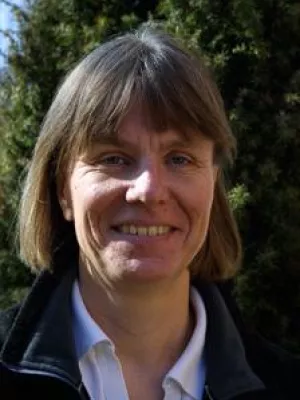
Katarina Hedlund
Professor

Agricultural management practices influence AMF diversity and community composition with cascading effects on plant productivity
Författare
Summary, in English
Understanding the effects of different agricultural practices on the mycorrhizal symbiosis is important for agricultural production and the sustainable use of soil. We investigated the composition and diversity of arbuscular mycorrhizal fungi (AMF) in soils from fields under different agricultural practices (conventional and organic cereal fields, leys and permanent pastures) in southern Sweden. The diversity of AMF was found to be greatest in permanent pastures, corroborating evidence that agricultural practices such as tillage impair AMF diversity. Neither geographical location nor soil type nor any of the major soil characteristics we measured impacted AMF diversity or community composition. AMF community composition was significantly affected by the different agricultural practices, particularly conventional management, which reduced AMF diversity. Of the cereal fields sampled, those under organic management held the greatest AMF diversity, and in a glasshouse experiment this greater diversity was positively related to barley phosphorus uptake and grain biomass production. Our results demonstrate the impact of different agricultural practices on AMF communities. In particular, we demonstrate the ability of organic farming to sustain greater AMF diversity relative to conventional farming, and the potential importance of this increased diversity for sustainable cereal production.
Avdelning/ar
- BECC: Biodiversity and Ecosystem services in a Changing Climate
- Biodiversitet
- Biologiska institutionen
- Centrum för miljö- och klimatvetenskap (CEC)
- Markgruppen
Publiceringsår
2017-07-01
Språk
Engelska
Sidor
53-59
Publikation/Tidskrift/Serie
Applied Soil Ecology
Volym
115
Dokumenttyp
Artikel i tidskrift
Förlag
Elsevier
Ämne
- Environmental Sciences related to Agriculture and Land-use
- Ecology
Nyckelord
- 454 pyrosequencing
- Arbuscular mycorrhizal fungi
- Community composition
- Diversity
- Plant performance
Status
Published
Forskningsgrupp
- Soil Ecology
ISBN/ISSN/Övrigt
- ISSN: 0929-1393